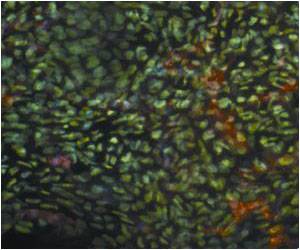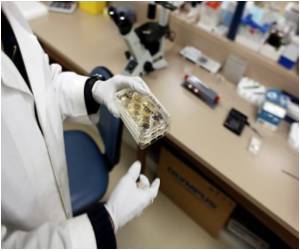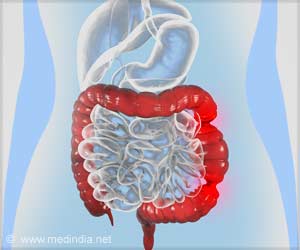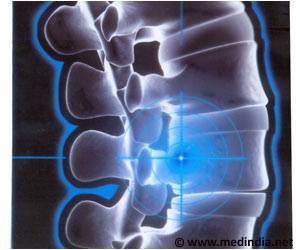
The study used computer simulation to rationalize results from biochemical and biophysical experiments, and provided further insights that would guide future investigations, Chen said. In this case, the focus is human protein p21 and its ability to function as an inhibitor of normal cell growth.
The protein has been shown to be an intrinsically disordered protein. This means it lacks a well-defined three-dimensional structure, characteristics that, until roughly a decade ago, were thought to be necessary for the protein to function.
"For a long time it was believed that proteins must fold to function and it was hard to imagine how an unfolded protein could play a role in crucial cellular areas," Chen said. "What researchers before me found was that by lacking a stable structure, this actually turned out to be really, really important to how these proteins function."
Along with being an intrinsically disordered protein, p21 is a versatile cyclin-dependent kinase, or Cdk, inhibitor -- meaning it adapts to and inhibits a range of Cdk-cyclin complexes that regulate eukaryote cell division. It also has been connected to cancer and aging. For example, Chen said p21 is a principal trans-activation target of the p53 tumor suppressor protein and contributes to p53-dependent tumor suppression.
"This protein is extremely challenging to study. It's highly dynamic and it's heterogeneous," Chen said. Because of this, mechanistic studies of intrinsically disordered proteins like p21 have been limited. Experiment alone is not sufficient and computer modeling is necessary to provide important missing details, he said. A tight integration of both could lead to a precise understanding of how structural flexibility influences function of p21 and other intrinsically disordered proteins.
Advertisement
Source-Eurekalert













